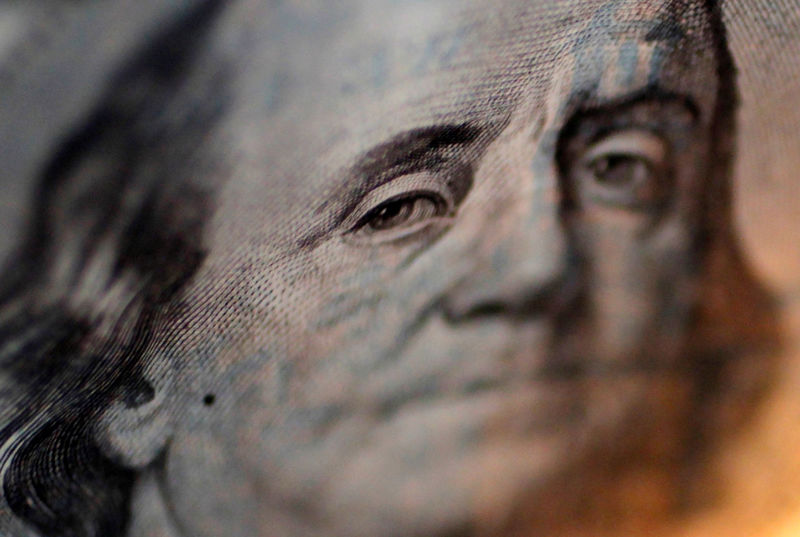By Ambar Warrick
Investing.com -- Most Asian currencies sank on Wednesday and the dollar hit a three-month high after Federal Reserve Chair Jerome Powell warned that the central bank will likely raise interest rates more than expected, darkening the outlook for regional markets.
Powell said in a testimony to Congress that recent resilience in the U.S. economy meant that the Fed needed to act more aggressively to bring down inflation. This saw markets begin pricing in a higher pace of interest rate hikes by the Fed in the coming months.
The dollar index and dollar index futures rose 0.2% to a three-month high on Wednesday, following an overnight spike in Treasury yields. U.S. 2-year yields cleared the 5% level for the first time since 2007.
Strength in the dollar and more attractive yields chipped away at demand for Asian currencies, as the gap between risky and low-risk returns narrowed. This trend had battered regional currencies through 2022, and is likely to persist in the near-term.
Markets are awaiting more cues on the U.S. economy from the Fed’s Beige Book report due later today, as well as nonfarm payrolls data on Friday.
Persistent concerns over China also weighed, following mixed trade data and warnings of a potential conflict between the two largest economies in the world.
The Chinese yuan fell 0.2% and was close to breaching the key 7 level against the dollar, which could trigger even more losses in the currency. Data released on Tuesday showed that while the country logged a record trade surplus in February, its imports also fell much more than expected, pointing to weak demand in Asia’s largest economy.
Risk-heavy Southeast Asian currencies were the worst performers for the day, with the Malaysian ringgit tumbling nearly 1.2%. The Indonesian rupiah and the Philippine peso also lost 0.7% apiece.
The Japanese yen sank 0.5%, also coming under pressure as weak economic readings this week reinforced expectations that the Bank of Japan will keep its ultra-loose policy unchanged on Friday. Japan's current account deficit widened more than expected in January, while data on Thursday is expected to reiterate that the Asian economy slowed substantially in the fourth quarter of 2022.
A looming leadership change in the BOJ is also likely to see little impetus for altering policy.
The Indian rupee fell 0.2% in catch-up trade, while the Australian dollar rose 0.2% after logging steep losses on Tuesday.
